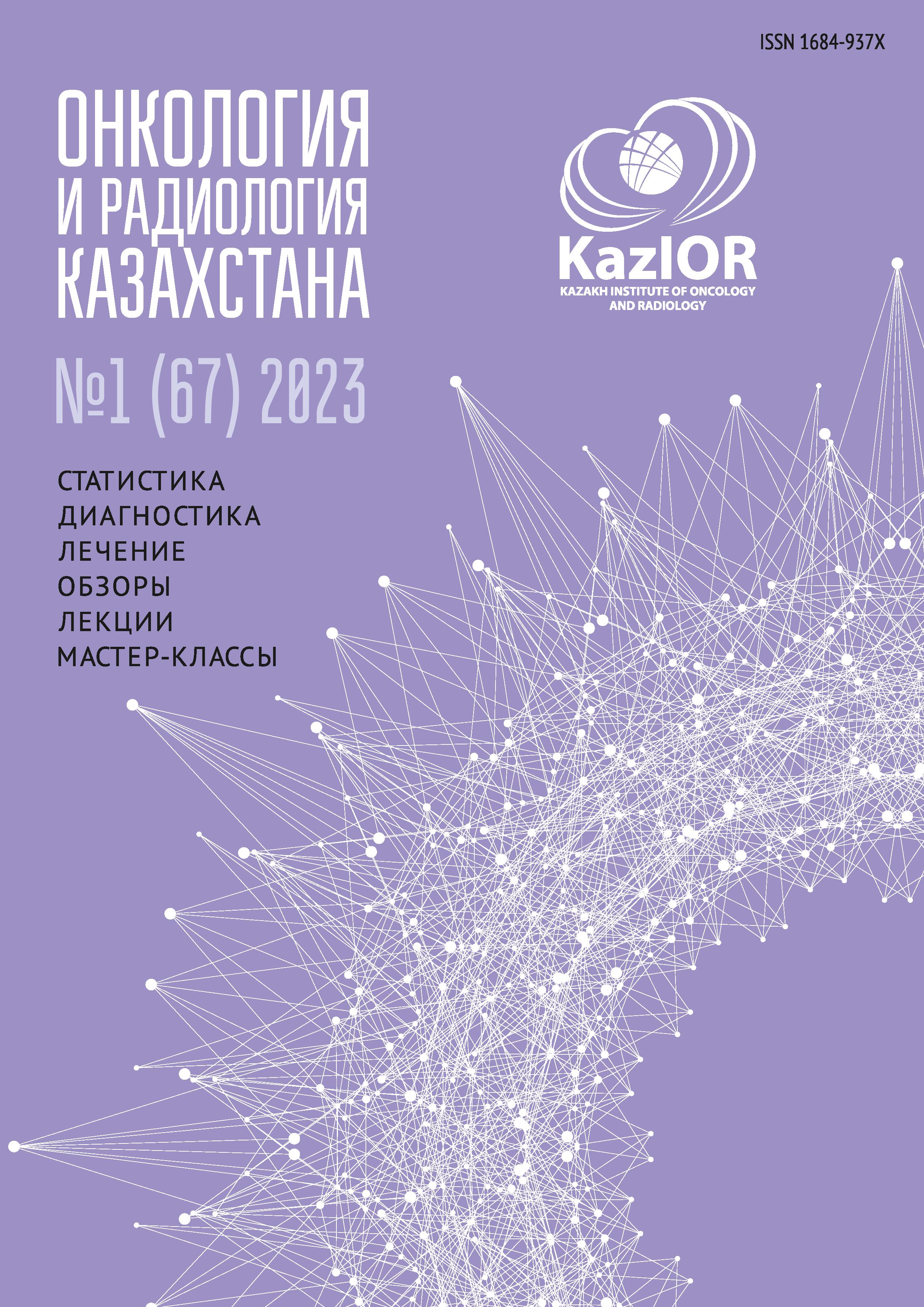PET/CT disadvantages in patients with lymphoma: A literature review
DOI:
https://doi.org/10.52532/2521-6414-2023-1-67-62-67Keywords:
Positron emission tomography (PET/CT), lymphoma, Deauville, SUV, 18F-fluoro-2-deoxy-D-glucose (F18-FDG), tumor stagingAbstract
Relevance: Positron emission tomography combined with computed tomography (PET/CT) is a young and promising technique for lymphoproliferative diseases’ primary detection, staging, and evaluation of the treatment results. However, at this stage of nuclear medicine development, some shortcomings in PET/CT diagnostics of lymphomas using 18Fluorodeoxyglucose (F18-FDG) affect its reliability to a certain extent.
The study aimed to evaluate the physical and technical weaknesses of F18-FDG PET/CT in diagnosing lymphomas and review the analytical methods that affect opinion accuracy.
Methods: The articles on the use of F18-FDG PET/CT in diagnosing lymphomas, its reliability, and methods for optimizing were searched in the PUBMED database for 2012-2022.
Results: One of the main shortcomings of F18-FDG PET/CT in diagnosing lymphomas is the Deauville 5-point scale, which does not fully meet clinical requirements. This scale has some disadvantages, including low inter-reader agreement and an unreliable reference organ for F18-FDG accumulation. Mathematical algorithms for correction to the patient’s weight also require optimization.
Conclusion: Some of the existing deficiencies can be improved at the software level and through educating staff about the importance of chan-ging the SUV calculation method. However, other deficiencies, such as classifications that do not meet clinical requirements, require more efforts at the level of international experts and much more in-depth study of this issue to avoid such shortcomings of new staging methods. However, even considering all the shortcomings described, at the moment, PET/CT with F18-FDG is one of the most reliable modalities available, both for the initial detection and for evaluating the therapy effectiveness in patients with lymphomas.

